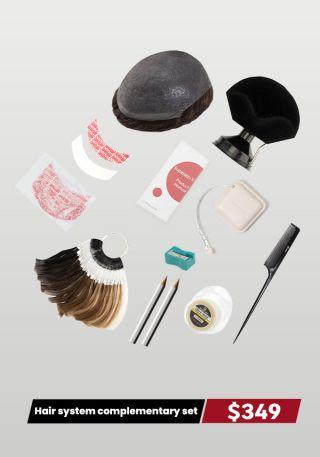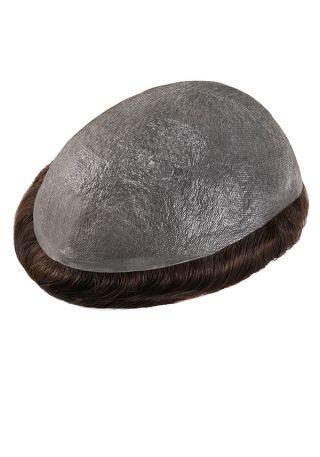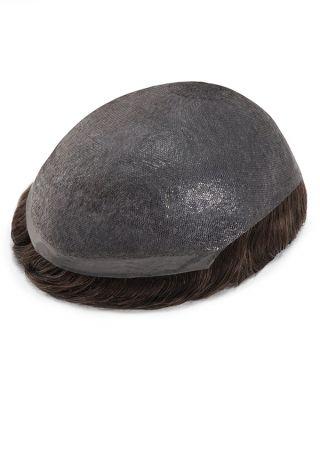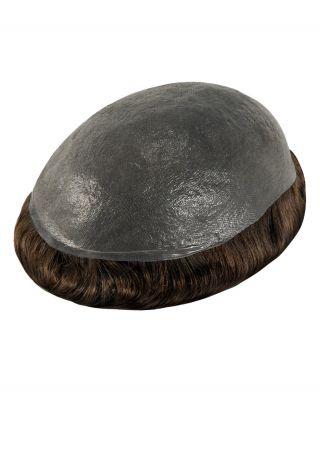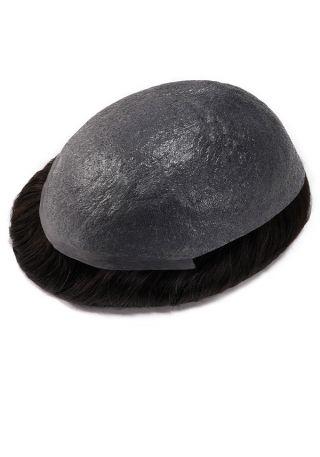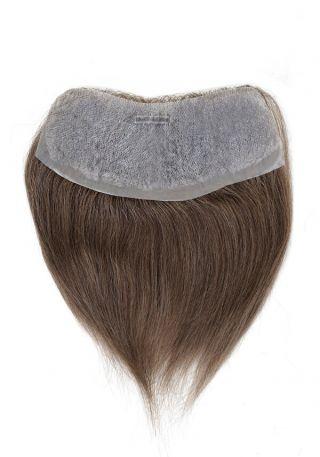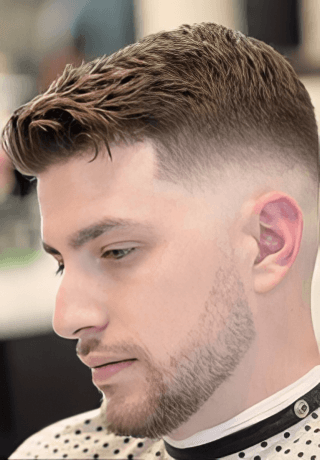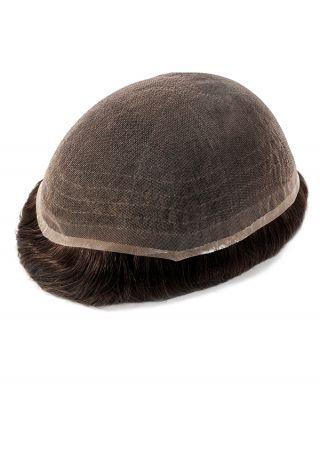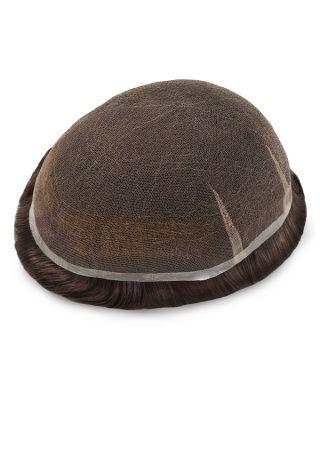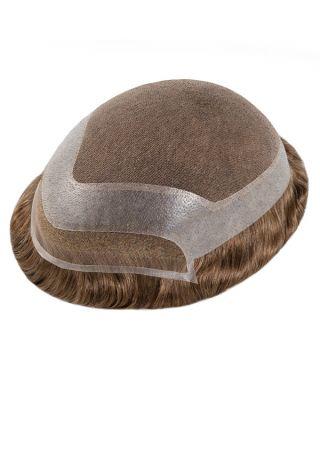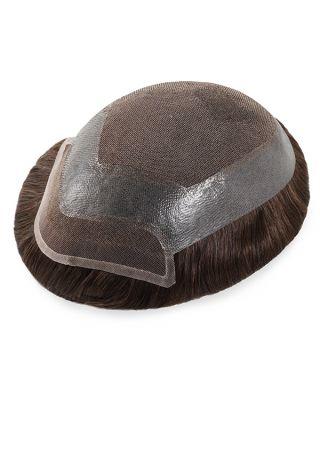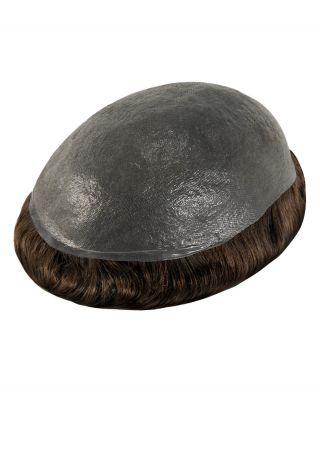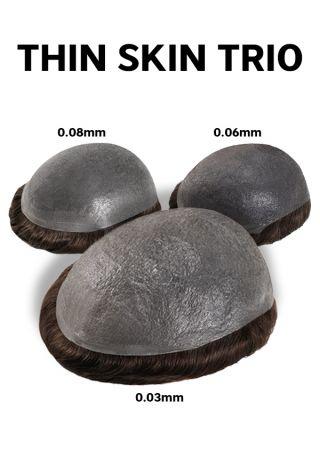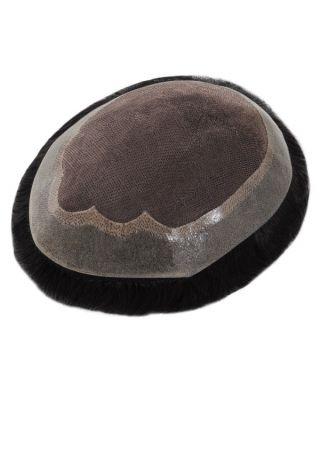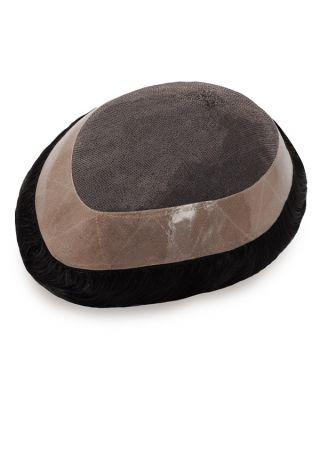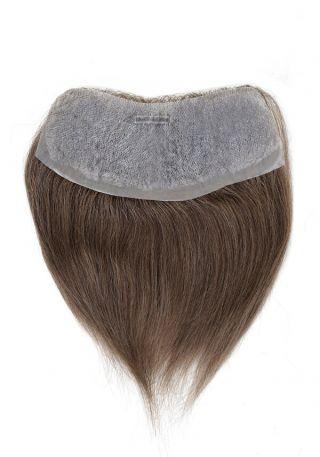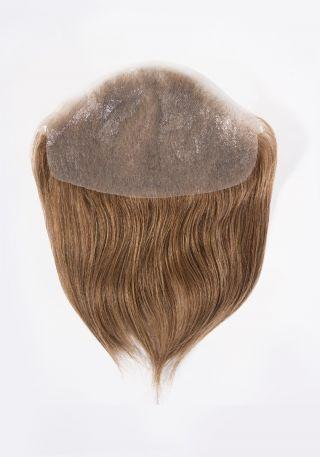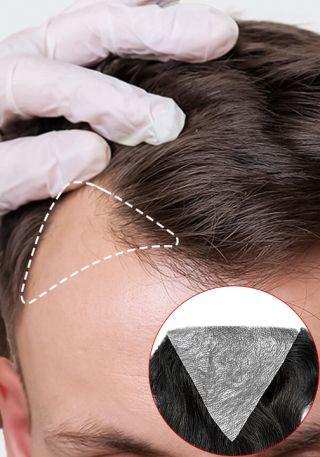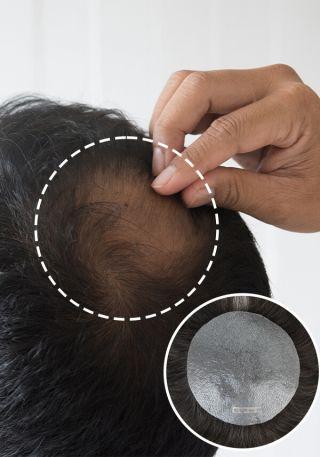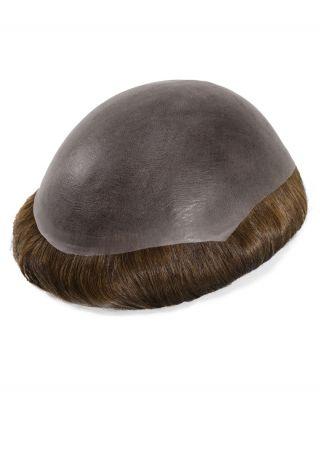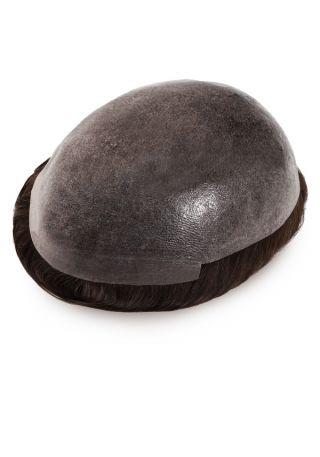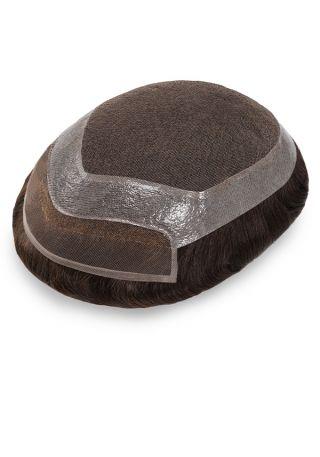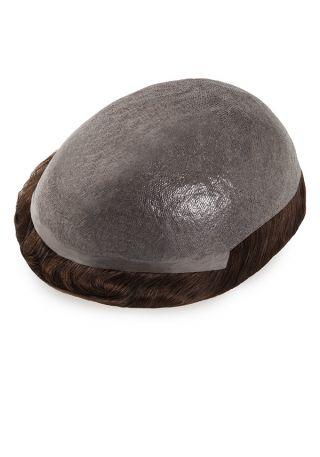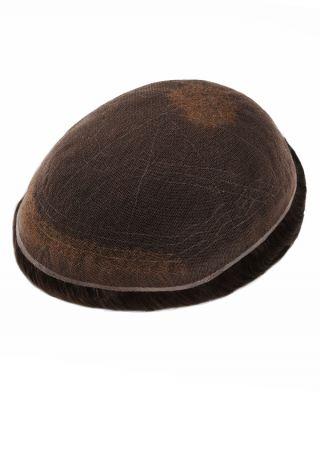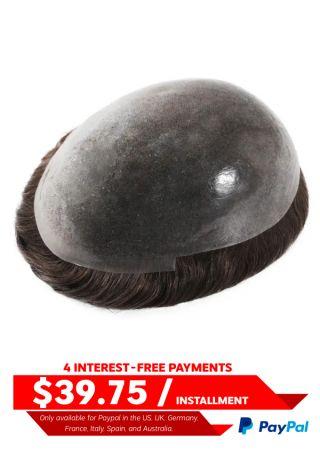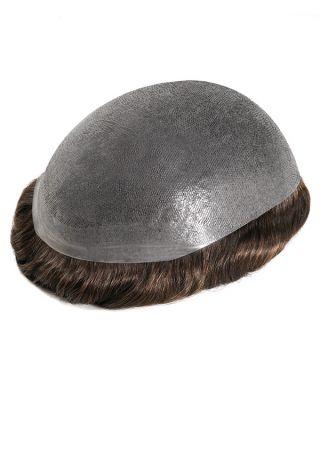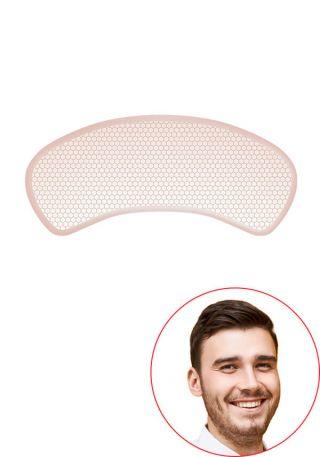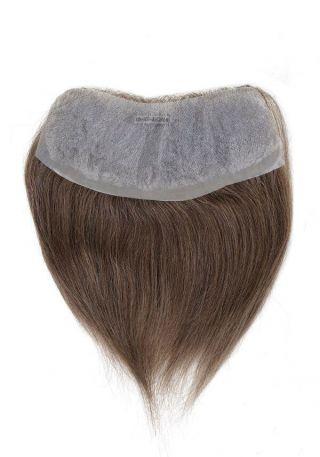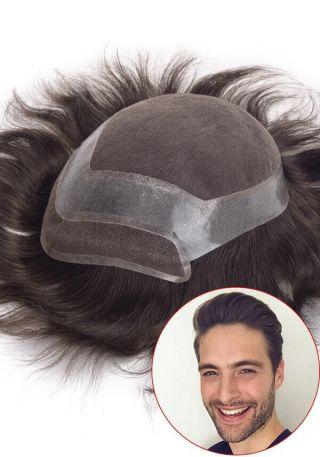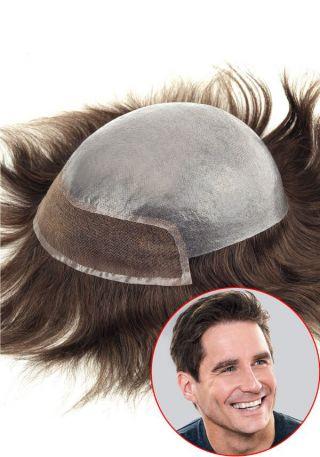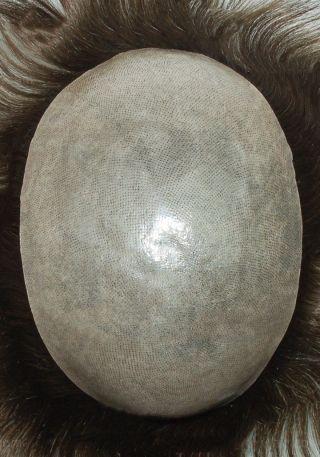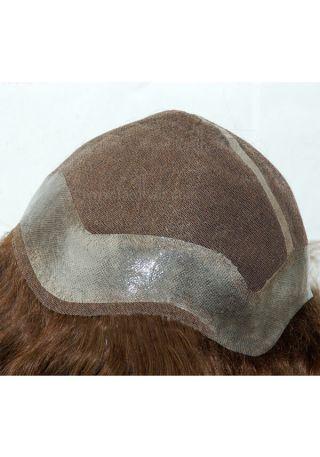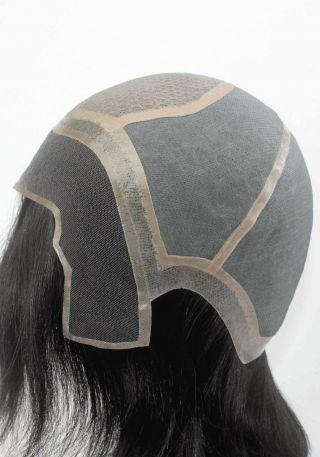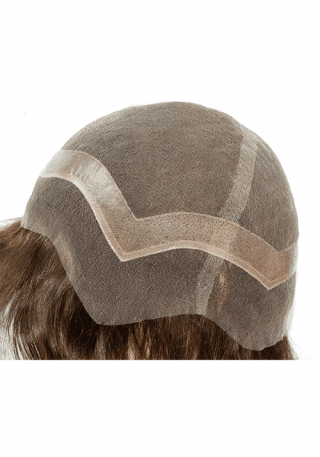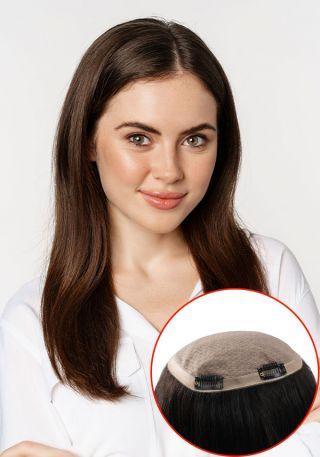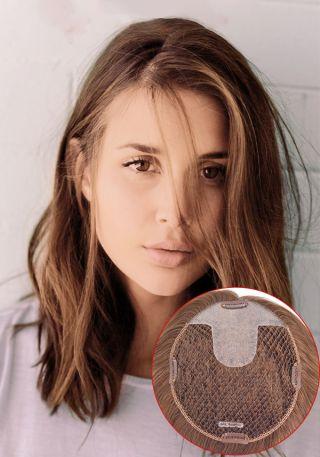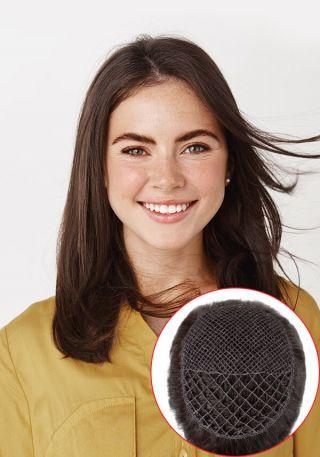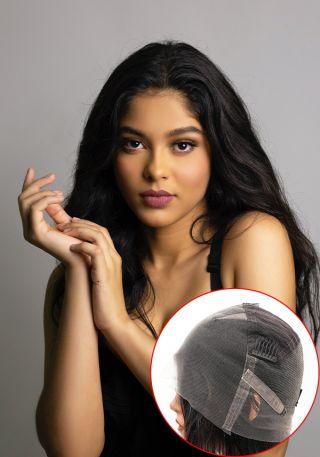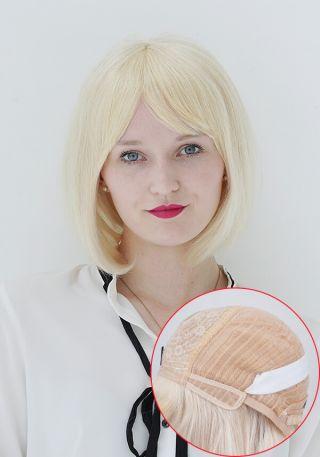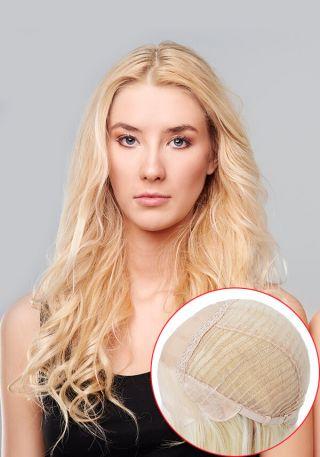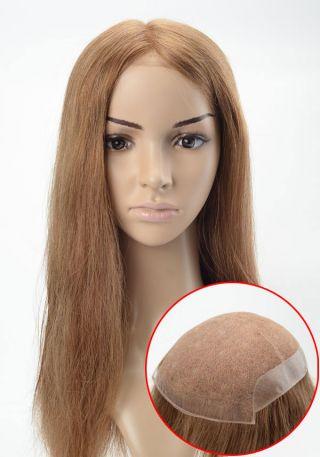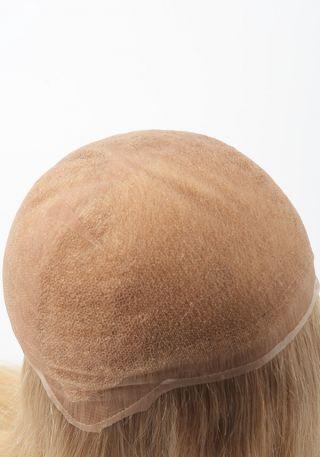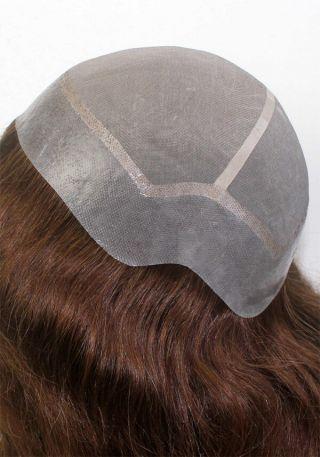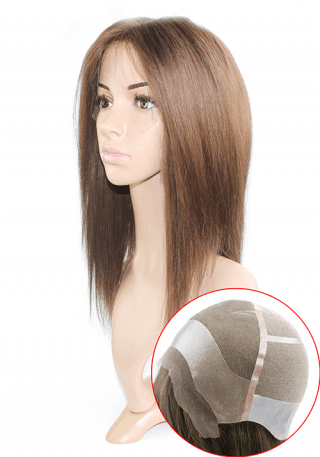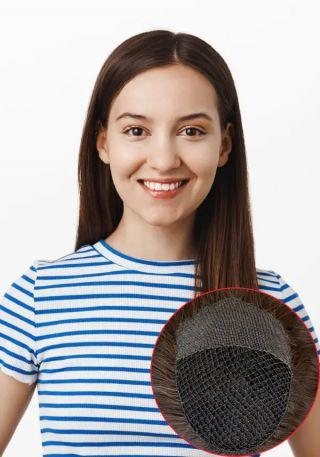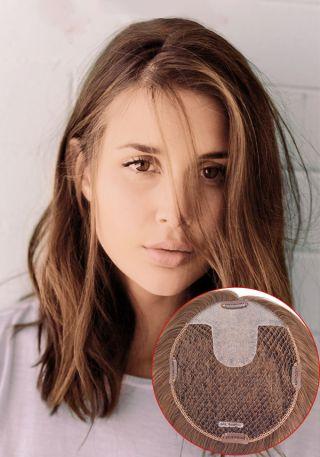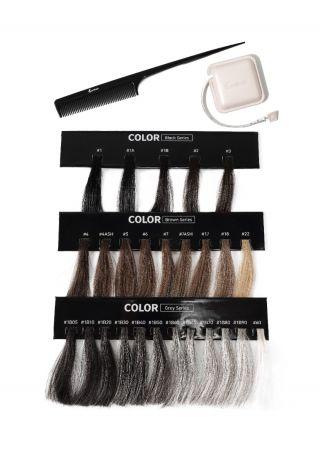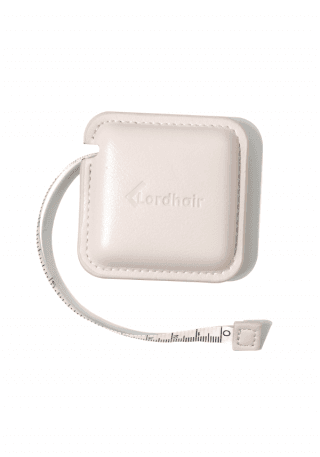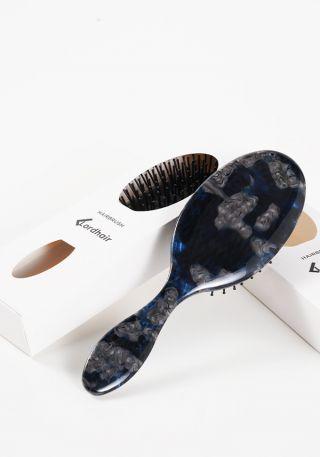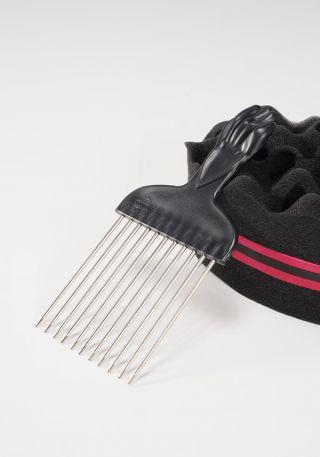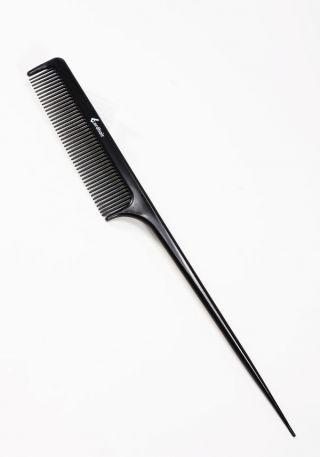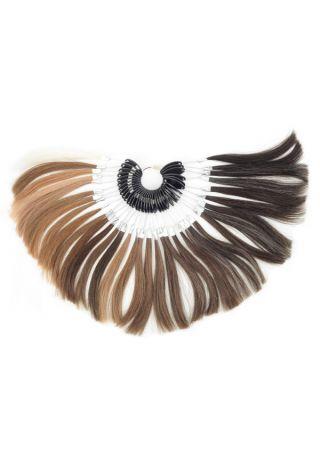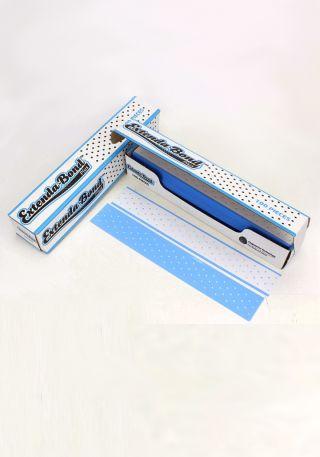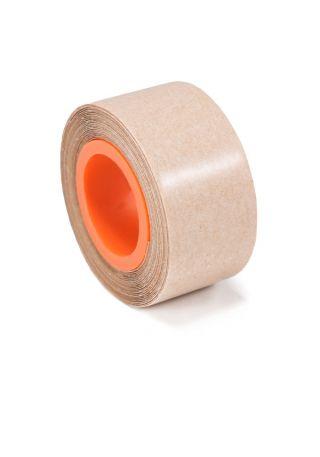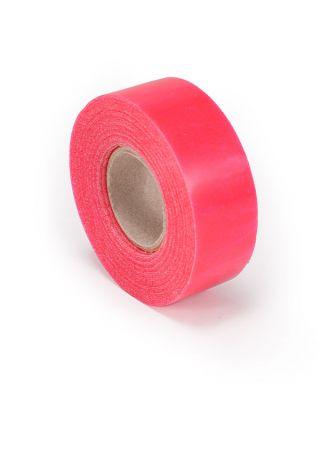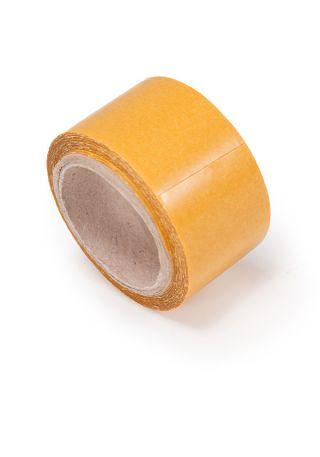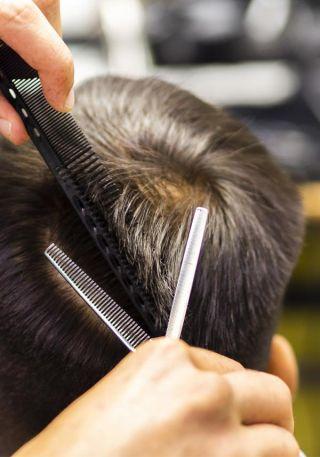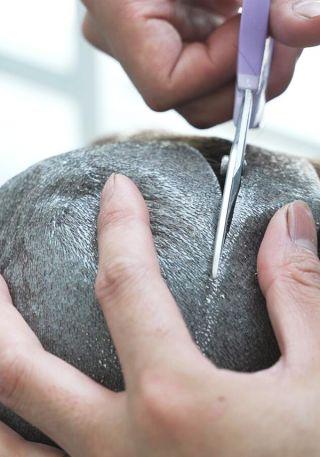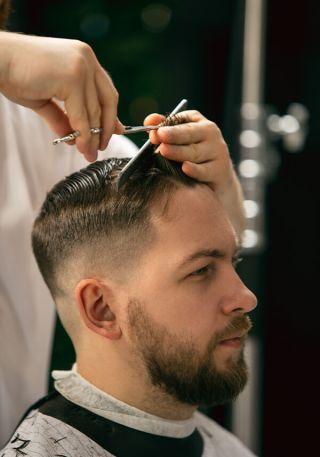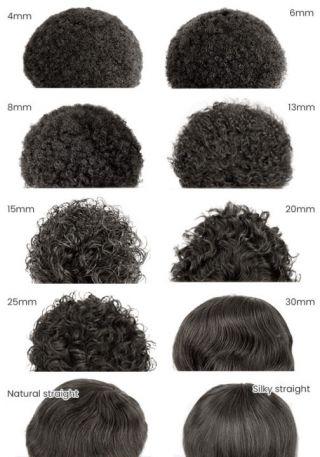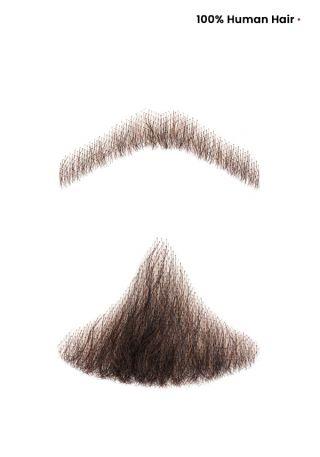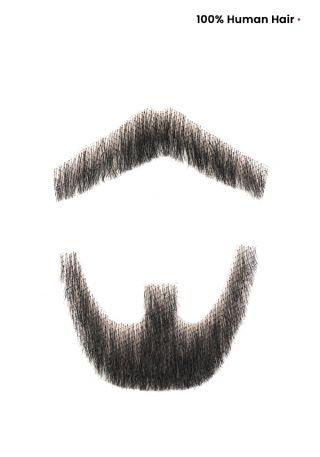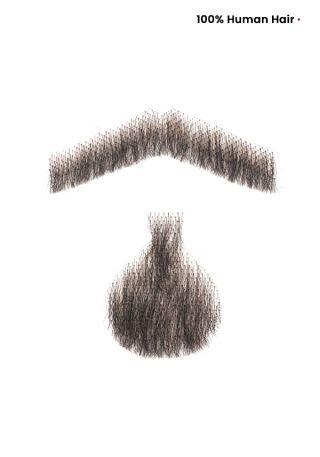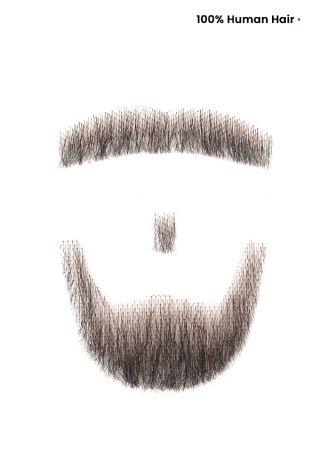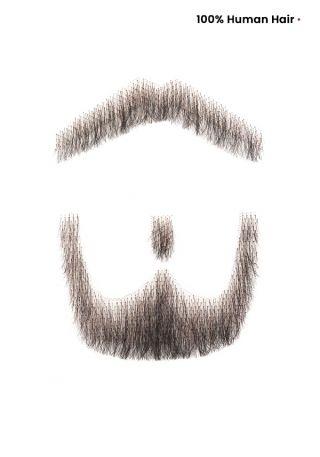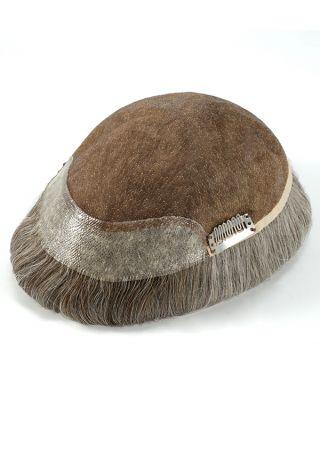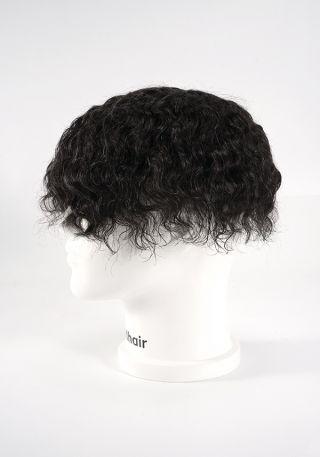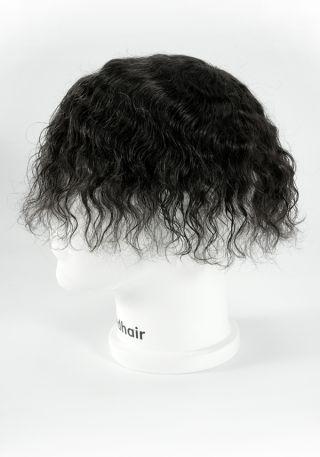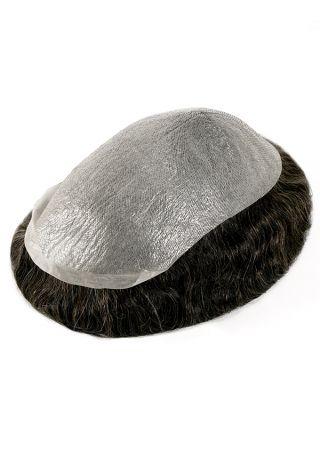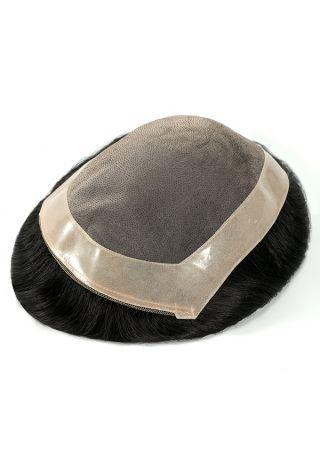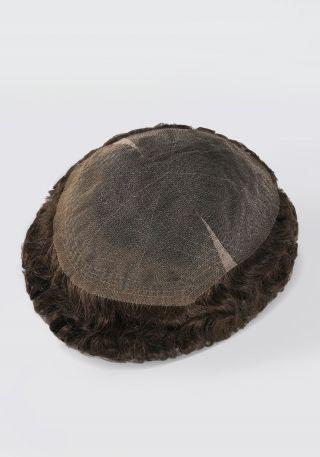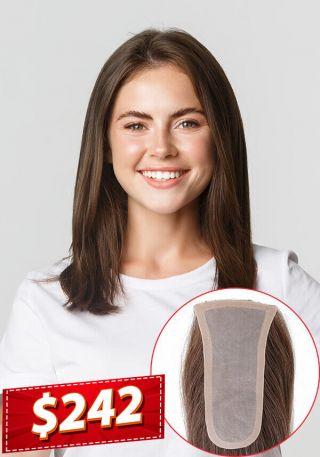FUE vs FUT Hair Transplant | Best Transplant Options
- by Lordhair Team
- Jan 11, 2022
- |
- 9 min read
There is no lack of discussion threads on ‘FUE vs. FUT hair transplant’ on the internet. Both hair transplantation techniques are known for being effective in undoing hair loss caused by a wide range of medical conditions. But still, people often find it hard to decide between the two. Being a leading hair systems brand, Lordhair believes that it is important to know everything critical about FUE and FUT hair transplants before making the final call.
In this blog, we will document the differences between an FUE and FUT hair transplant, helping you pick the best option for restoring your lost hair as well as confidence.
Let’s start with the FUE hair transplant!
FUE Hair Transplant: Introduction
Follicular Unit Extraction (FUE) is a type of hair transplantation method that involves the extraction of hair follicles from the donor area of your body (such as arms, legs, chest, beard, etc.) and moving them to the other part of your body (mostly scalp) where hair strands are either lost, thin or absent.
In the Follicular Unit Extraction (FUE) hair transplantation technique, strands are harvested via microscopic circular incisions on the scalp. The surgeon will use micro punches to draw out follicles from the donor area and move them to your scalp while leaving no trace of extraction.
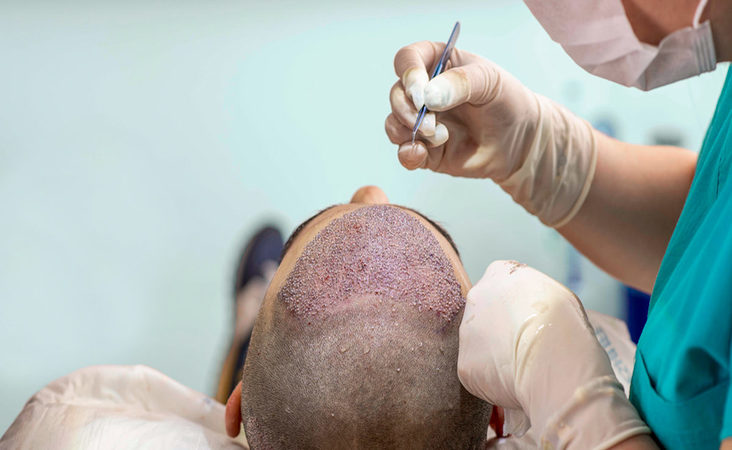
FUE Hair Transplant: Types
FUE hair transplantation is conducted using two techniques, namely:
- Manual FUE hair transplant: As the name suggests, manual FUE hair transplant is done by a surgeon using a portable device to pull out hair follicles individually.
- Robotic FUE hair transplant: In this FUE procedure, the surgeon does not actually harvest the donor grafts but instead guides a robotic hair transplant device to attain unparalleled precision and accuracy.
Benefits of FUE Hair Transplant
Our ‘FUE vs. FUT hair transplant’ guide would be incomplete without talking about its benefits. Here are the advantages of the FUE hair transplantation method:
- Good implantation quality: We just mentioned that the FUE hair transplantation technique involves the use of robotic handheld devices. Thanks to them, surgeons can do real-time 3D analysis and understand the characteristics of each hair strand. In other words, they can select the healthiest and strongest follicles for successful hair restoration.
- Short recovery time: Since both FUE hair transplant techniques leave no sign of extraction and involve no use of stitches in treatment, the recovery process is quick. Meaning, you can get back to your everyday routine within a short span of time.
- Minimal scarring: Another major benefit of FUE over the FUT hair transplant method! Since the follicles are harvested using state-of-the-art extraction devices, the look and density of the scalp and donor area remain realistic and scar-free.
Everything you need to know about scarring and non-scarring alopecia.
Side Effects of FUE Transplant
Scarring is a bleak possibility with FUE hair transplantation. In fact, the tiny white holes resulting from follicle extraction will eventually fade away over time. But this doesn’t mean the FUE transplant doesn't have any side effects.
Though rare in nature, here are the side effects of the FUT hair transplant technique:
- Scalp infection
- Drainage or crust around the surgery area
- Pain
- Swelling
- Numbness
- Tingling
We highly recommend seeing your surgeon if you notice any of these side effects.
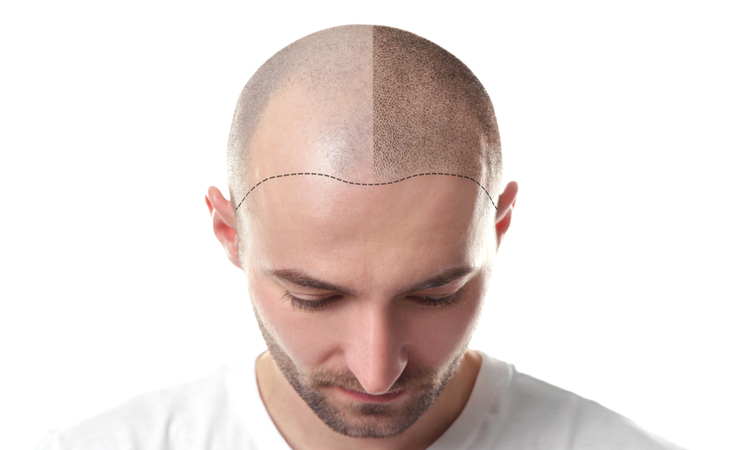
Now that you know everything about the FUE hair transplant procedure, let’s discuss the other challenger of the FUE vs. FUT hair transplant showdown!
FUT Hair Transplant: Introduction
Follicular Unit Transplantation (FUT) is a surgical hair restoration technique that involves the removal of a long, thin piece of tissue from the back of your scalp.
Individual follicular units are then removed from the tissue strip using stereo-microscopic dissection. Once your hair gets harvested, the donor site wound is closed using stitches, leaving behind a single, large linear scar. The FUT hair transplant technique was pioneered in the early 1990s.
Advantages of FUT Hair Transplant
The following are the advantages of FUT hair transplant:
- High follicle survival rate: When it comes to FUT, hair is carefully harvested from the donor zone where strands are permanent. The protective tissues are kept intact so that grafts stay robust and have high quality. In other words, there are higher chances of follicle survival.
- Decent recovery time: According to experts, the recovery time of a FUT hair transplant is not too long. On average, it takes a couple of weeks.
Disadvantages of FUT Hair Transplant
FUT hair transplant procedure has more drawbacks when compared to FUE hair transplant. Some of them are:
- Risk of scarring: Unlike FUE that barely affects your scalp, FUT hair surgery leaves a scar at the site of hair removal. Sometimes, the scar can become larger and localized, making it more visible. This might not be a problem for men and women with long hair. However, people with short hair have a hard time concealing the scars.
- Shock hair loss: In some cases, there are chances of losing transplanted hair within a few months of surgery. This is commonly referred to as shock hair loss. The hair usually grows back but for some men, this is a big NO!
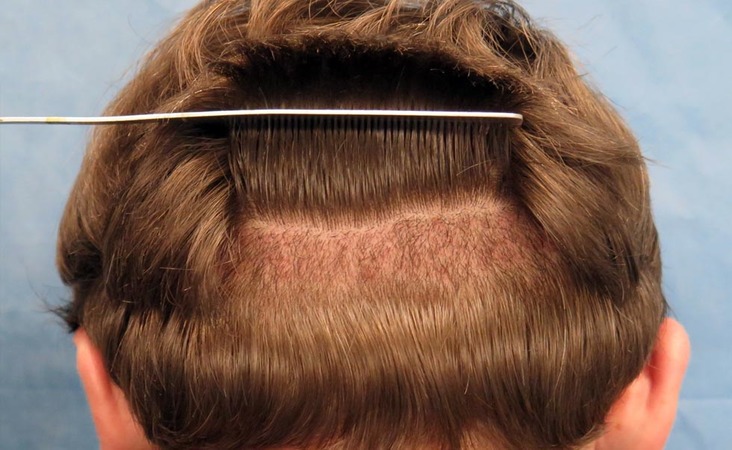
Complications with FUT Transplant
A reputable hair clinic offering FUT will usually have a hair graft survival rate of around 60-70%. But this doesn’t mean there are no complications with an FUT transplant. Just like FUE, it also has its share of side effects.
Here are the complications involved in FUT hair transplant surgery:
- Bleeding
- Folliculitis
- Infection
- Wound dehiscence or necrosis
- Numbness
- Postoperative pain
- Persistent pain
- Suture extrusion
- Donor hair effluvium
- Hiccups
- Keloid scar
- Hypertrophic scar
FUE vs. FUT Hair Transplant: Cost
Confirming the exact cost of FUE and FUT transplants is extremely difficult. That’s because the price of a specific hair transplant depends on how much hair you want to be transplanted. It’s pretty obvious that covering up a few small patches will cost you less in comparison to recovering from aggressive overall thinning.
That said, the average cost of an FUE transplant is more than US$9000. Most FUT procedures, on the other hand, cost between US$4000 and US$10000.
Learn everything about sudden hair loss and thinning in men
FUE vs. FUT Hair Transplant: Popular Alternative
There is no dearth of treatments and procedures that help men and women deal with hair loss. If your hair loss is extreme and you don’t want to undergo an expensive surgery, then, the best alternative to FUE or FUT hair transplant is wearing a hair replacement system.
A unisex term and also known as a hair toupee for men, and wigs for women, a hair system is constructed using real human hair which is hand-woven onto a base made of premium skin-friendly materials.
Unlike a FUT and FUE hair transplant, a hair system is a non-surgical solution to hair loss that carries no side effects. Attached using clips, tape, or glue, it blends easily with real hair and helps deliver a natural look.
Here are some benefits of using hair replacement systems:
- Immediate recovery from partial as well as complete hair loss.
- Can be attached for weeks without any need for removal.
- Highly cost-effective. A year’s supply of hair systems can cost around US$600-1000 which is way less than FUT and FUE transplant surgeries.
- Highly comfortable, breathable, and durable solution.
- Can be worn while showering, swimming, or during an intense workout
Check out how amazing Chris looks after wearing a hair system:
There you go!
We have told you everything about FUT and FUE hair transplant methods. As you read above, both FUE and FUT are good options to recover lost hair and confidence. That said, it’s important to keep the risks and personal expectations in mind before making the final call.
We recommend consulting multiple surgeons before deciding between the two. And in case you hate invasive surgeries, we highly recommend opting for a hair system.
Got any queries to ask? Send them to support@lordhair.com and have them answered by our hair experts!
Also read:
Hair integration systems for volume gains
How to identify hair damage and recover from it
Discover hair systems for thinning hair
